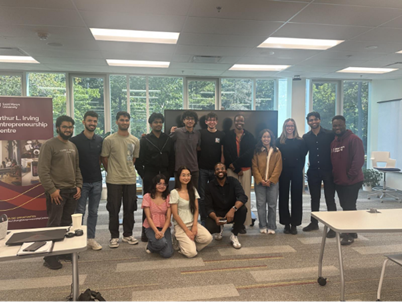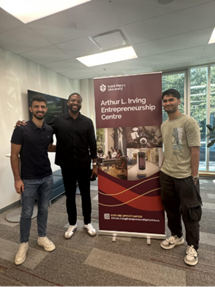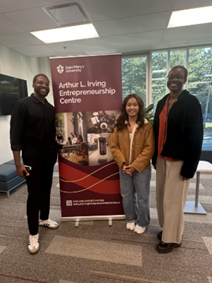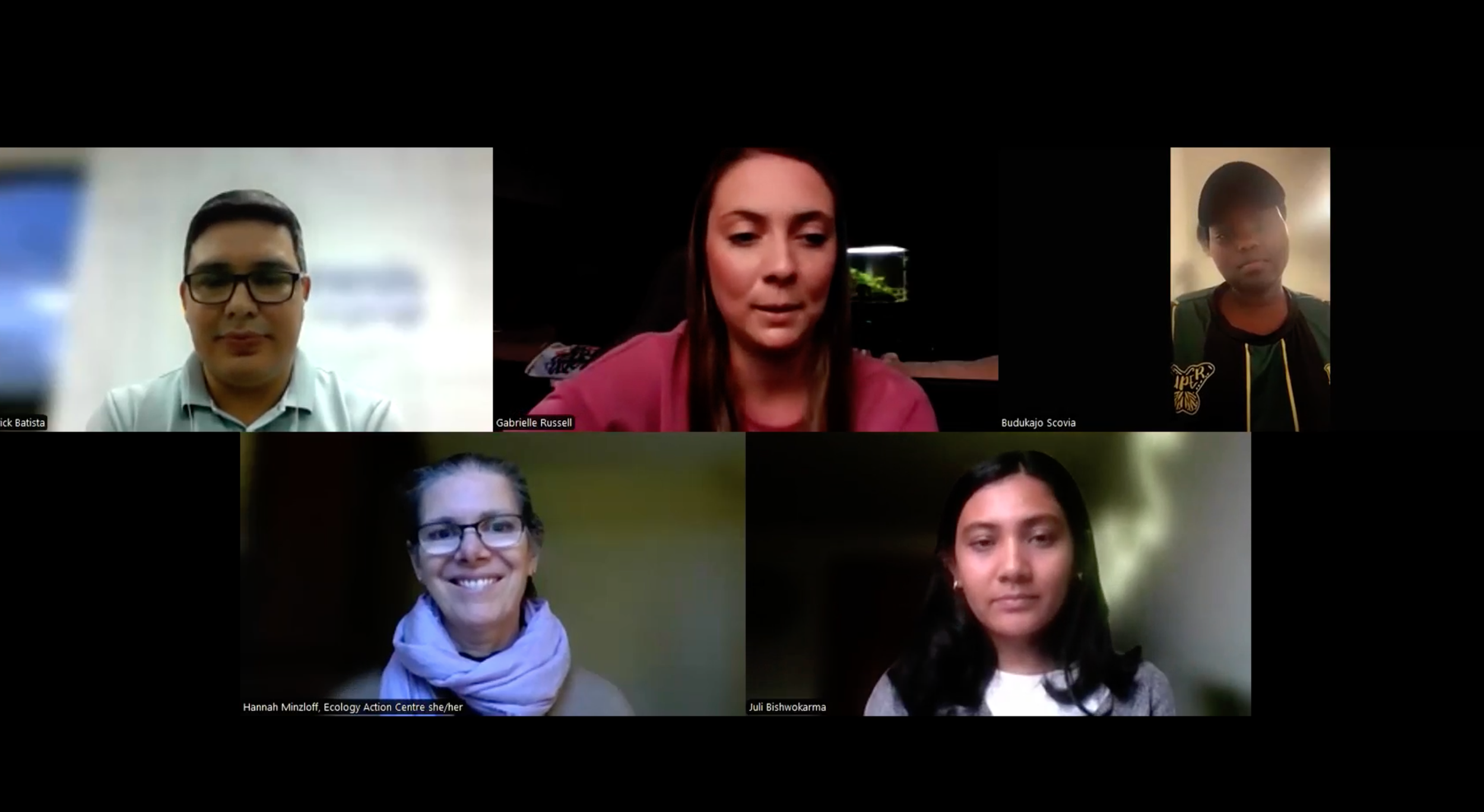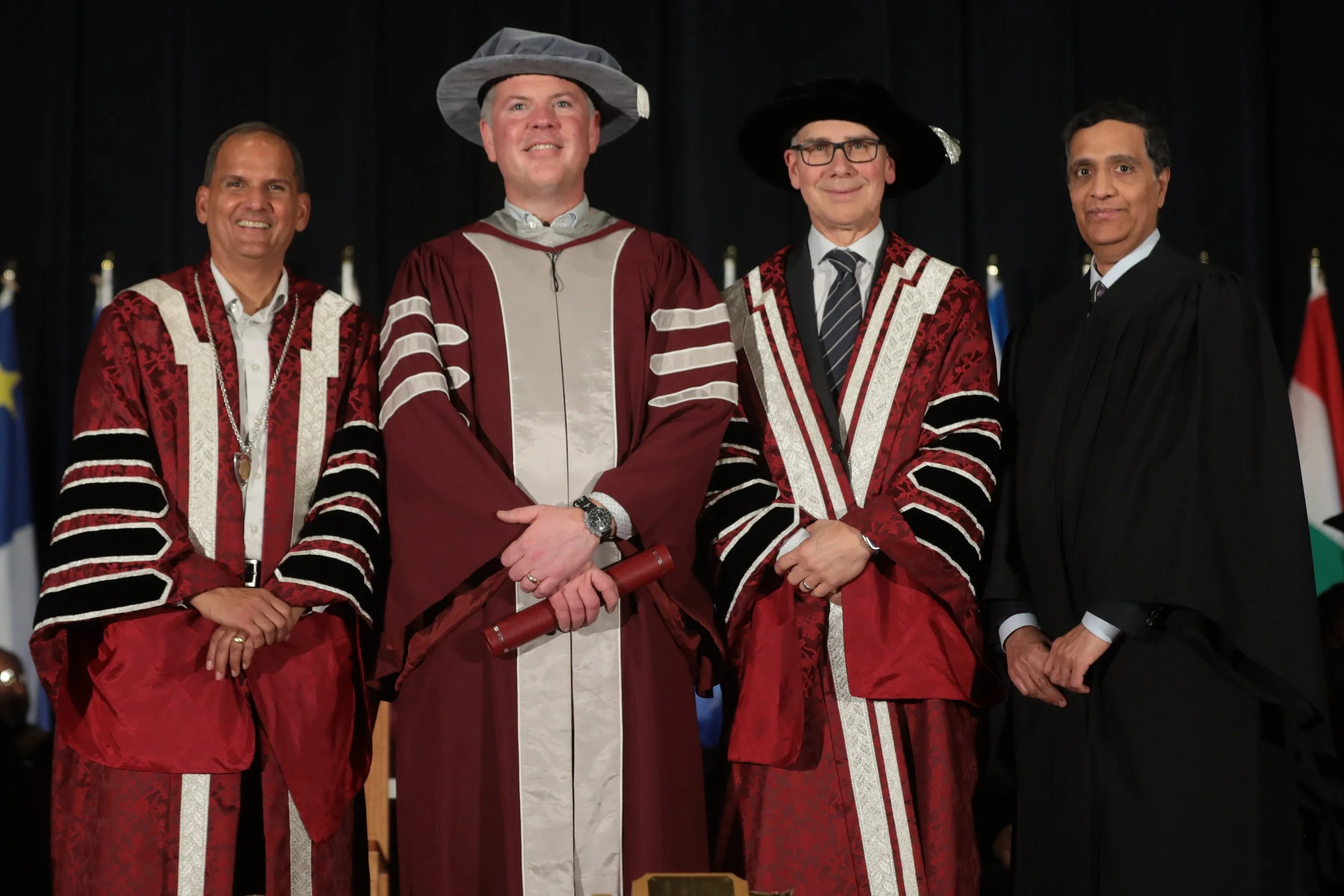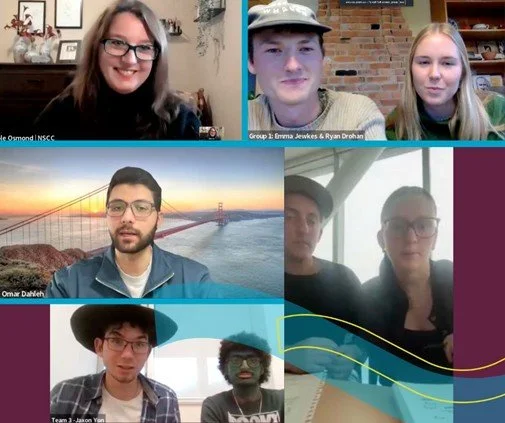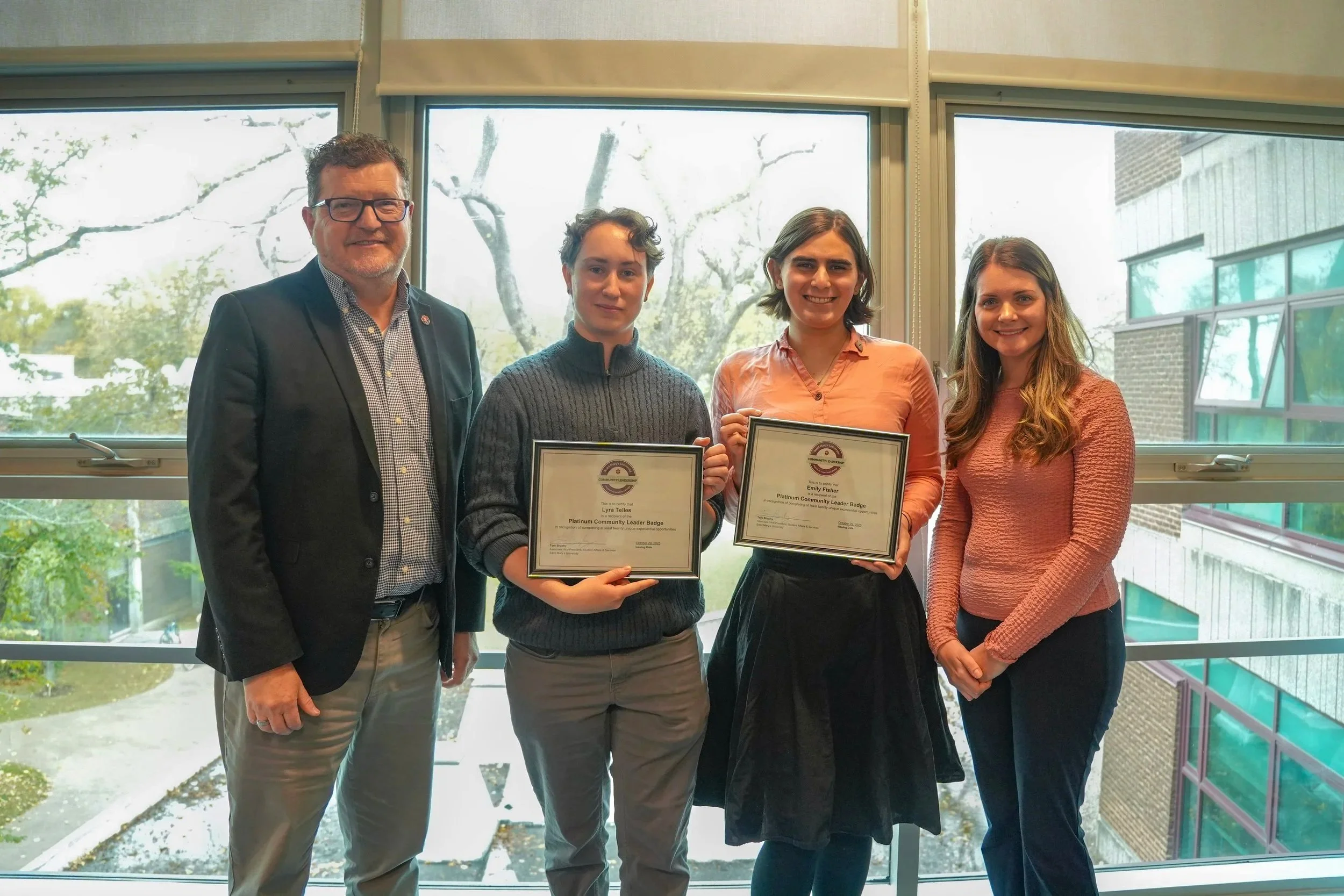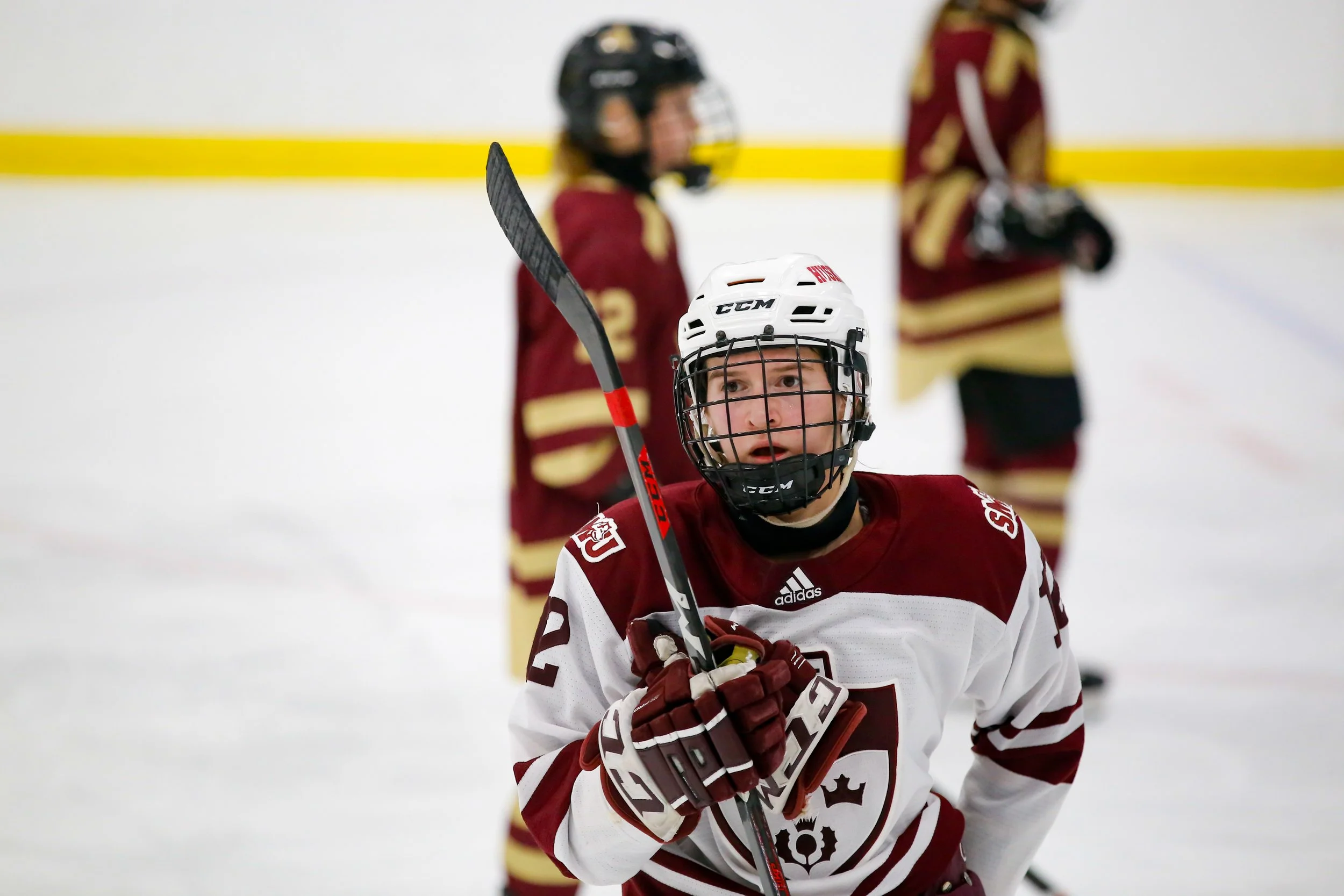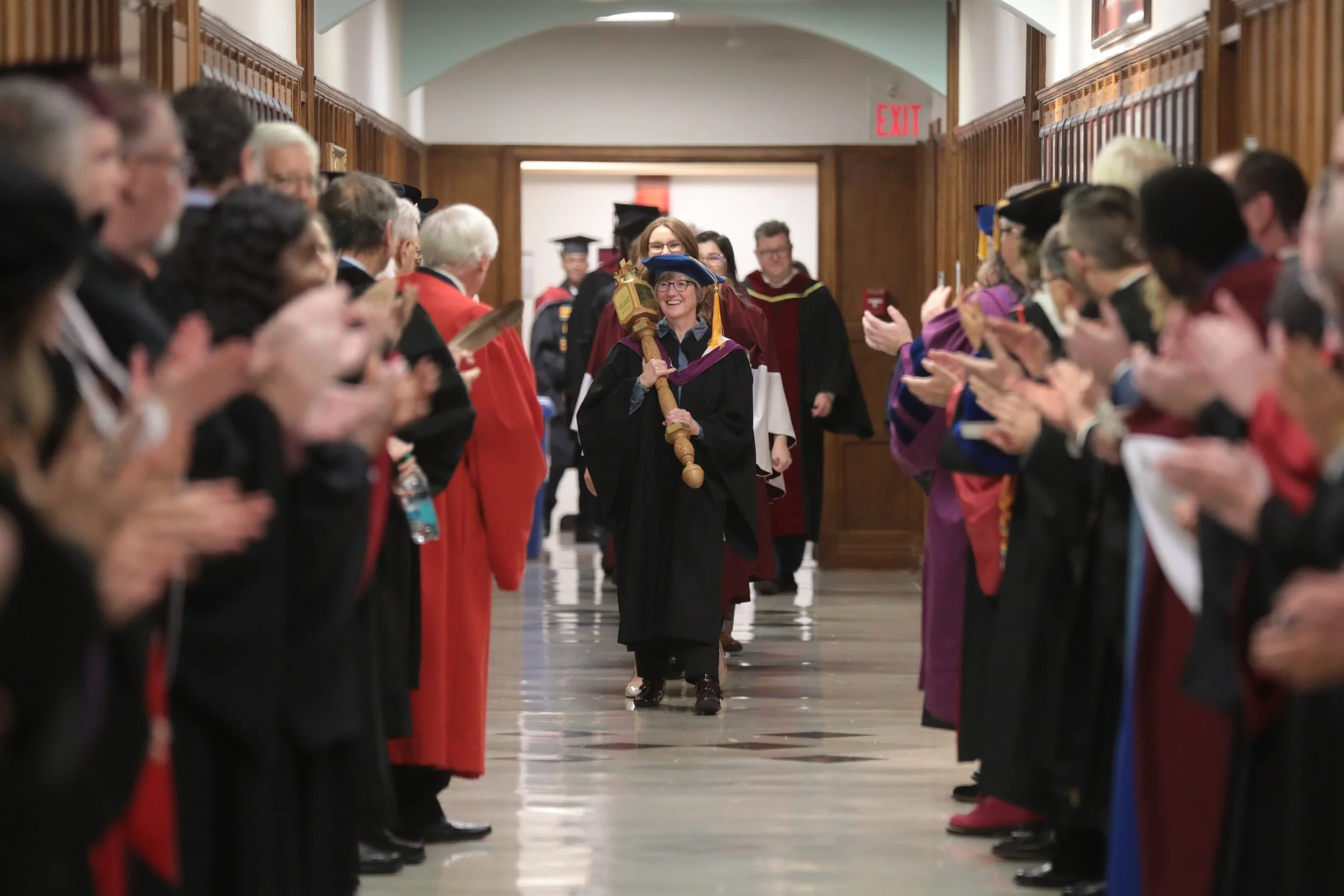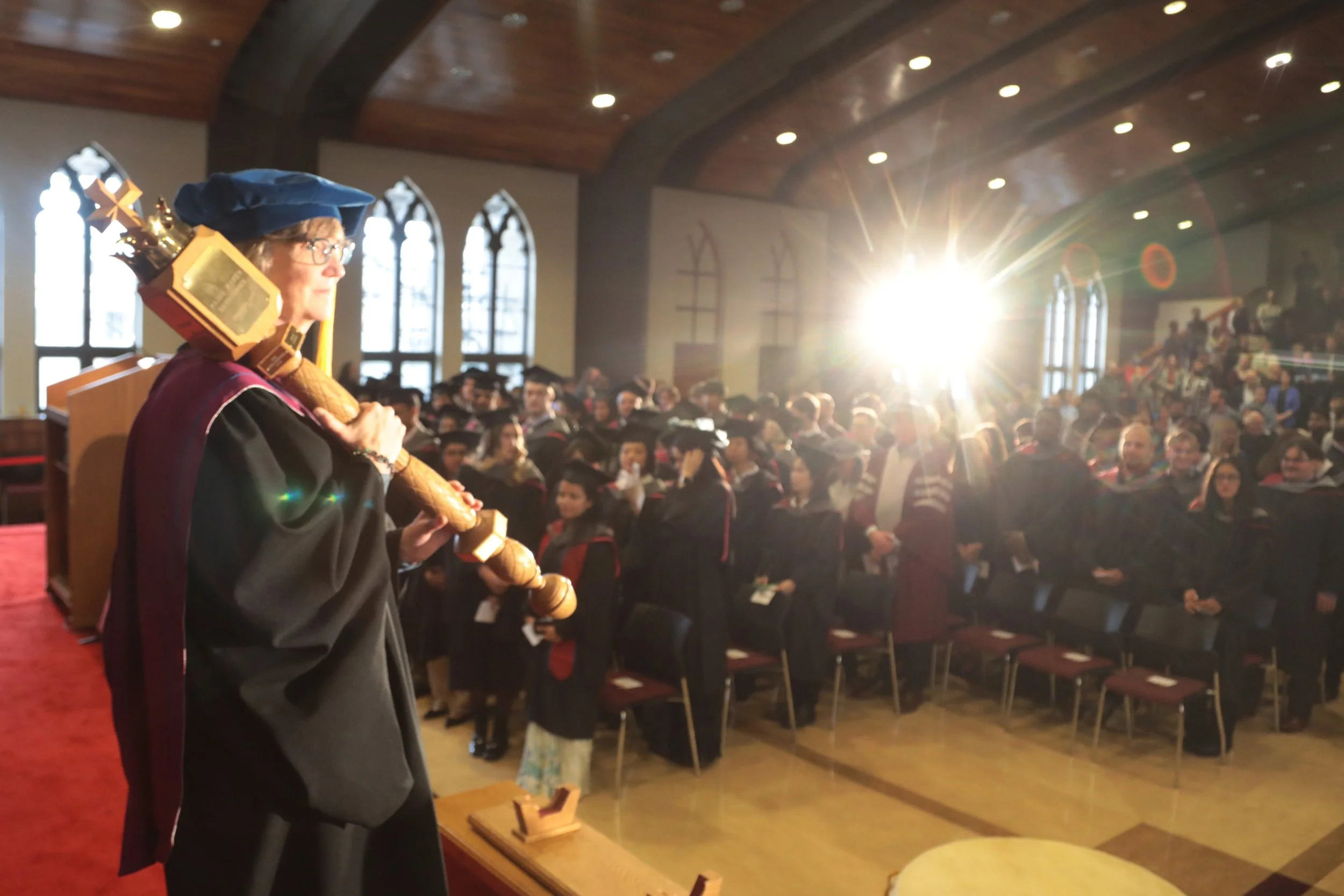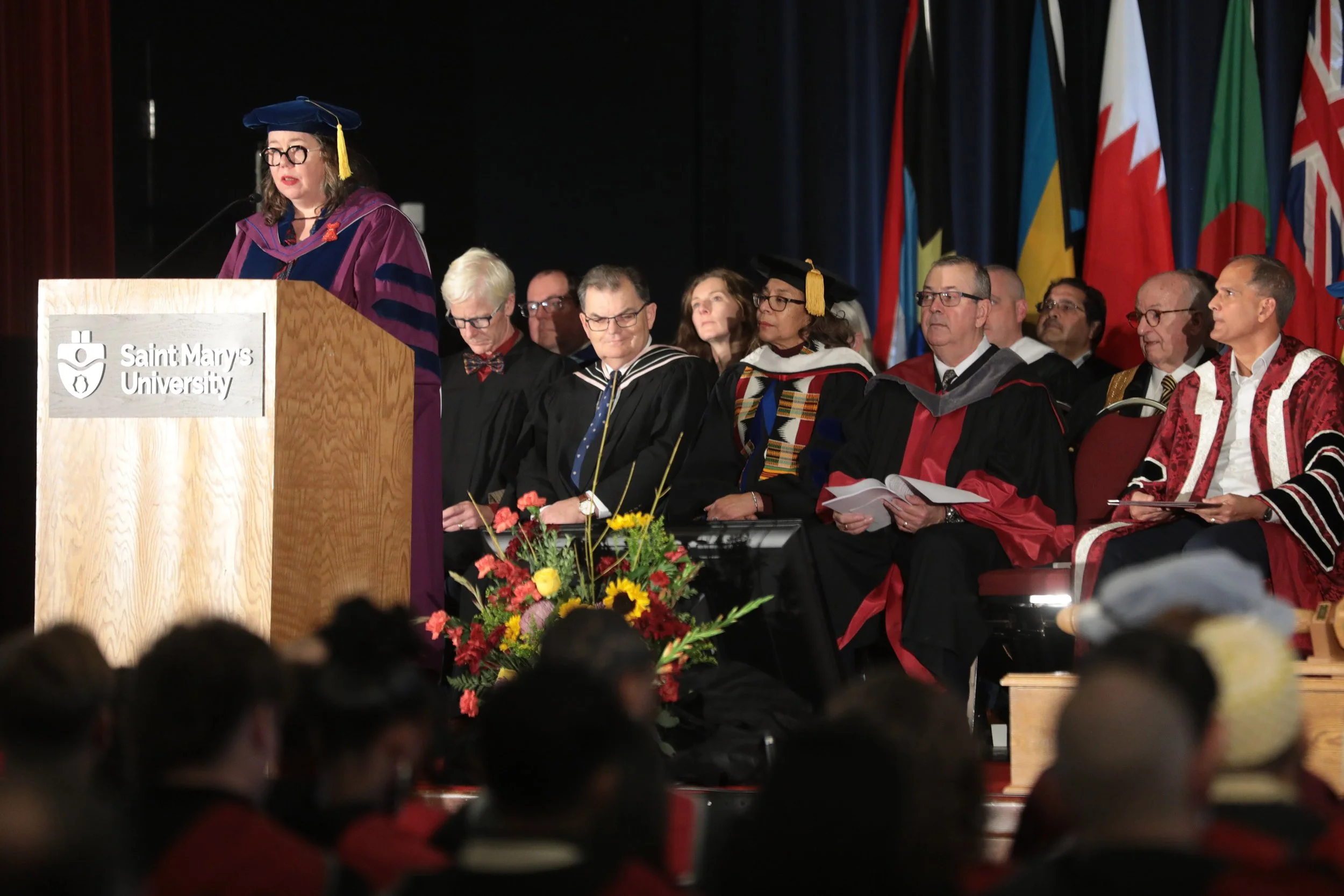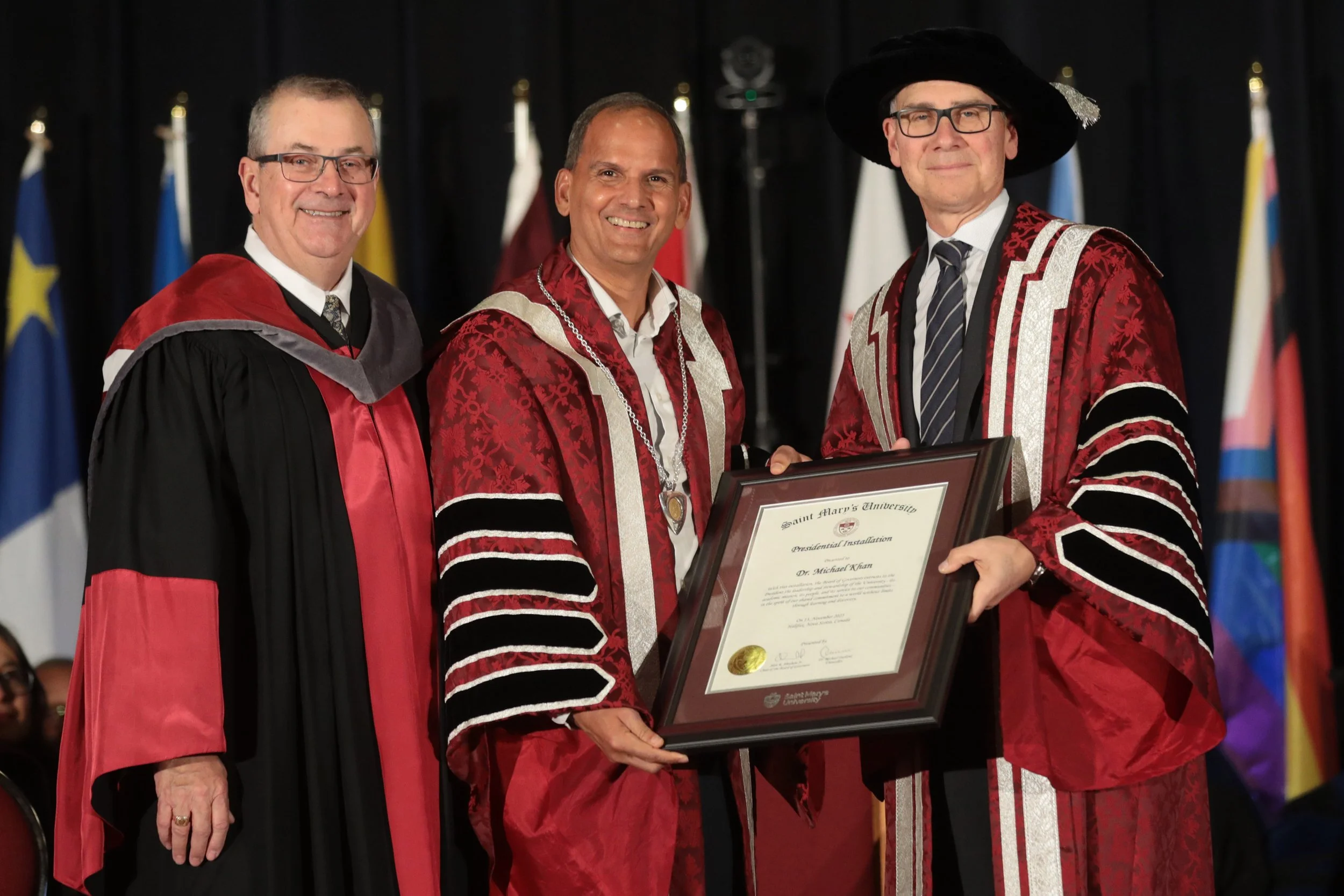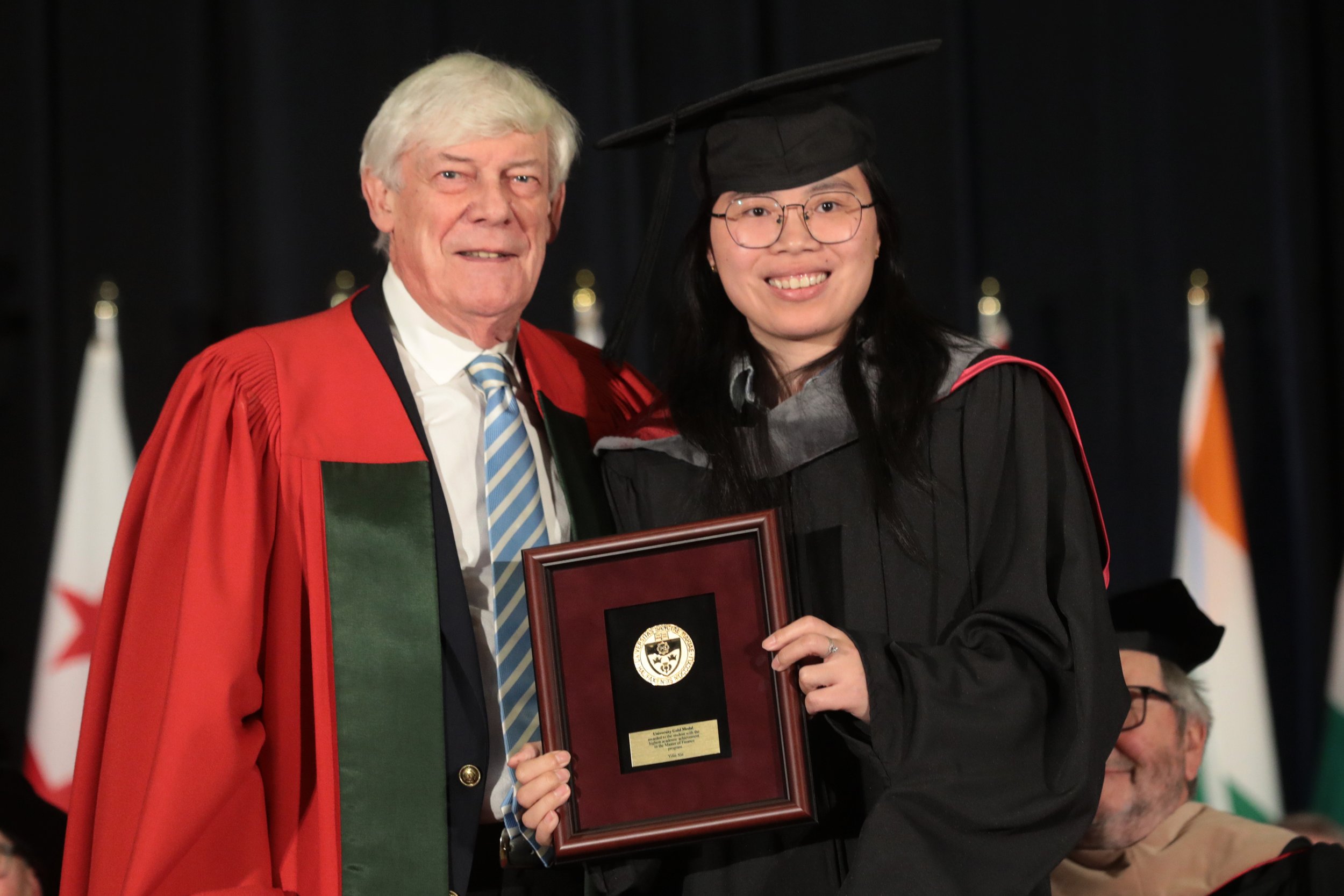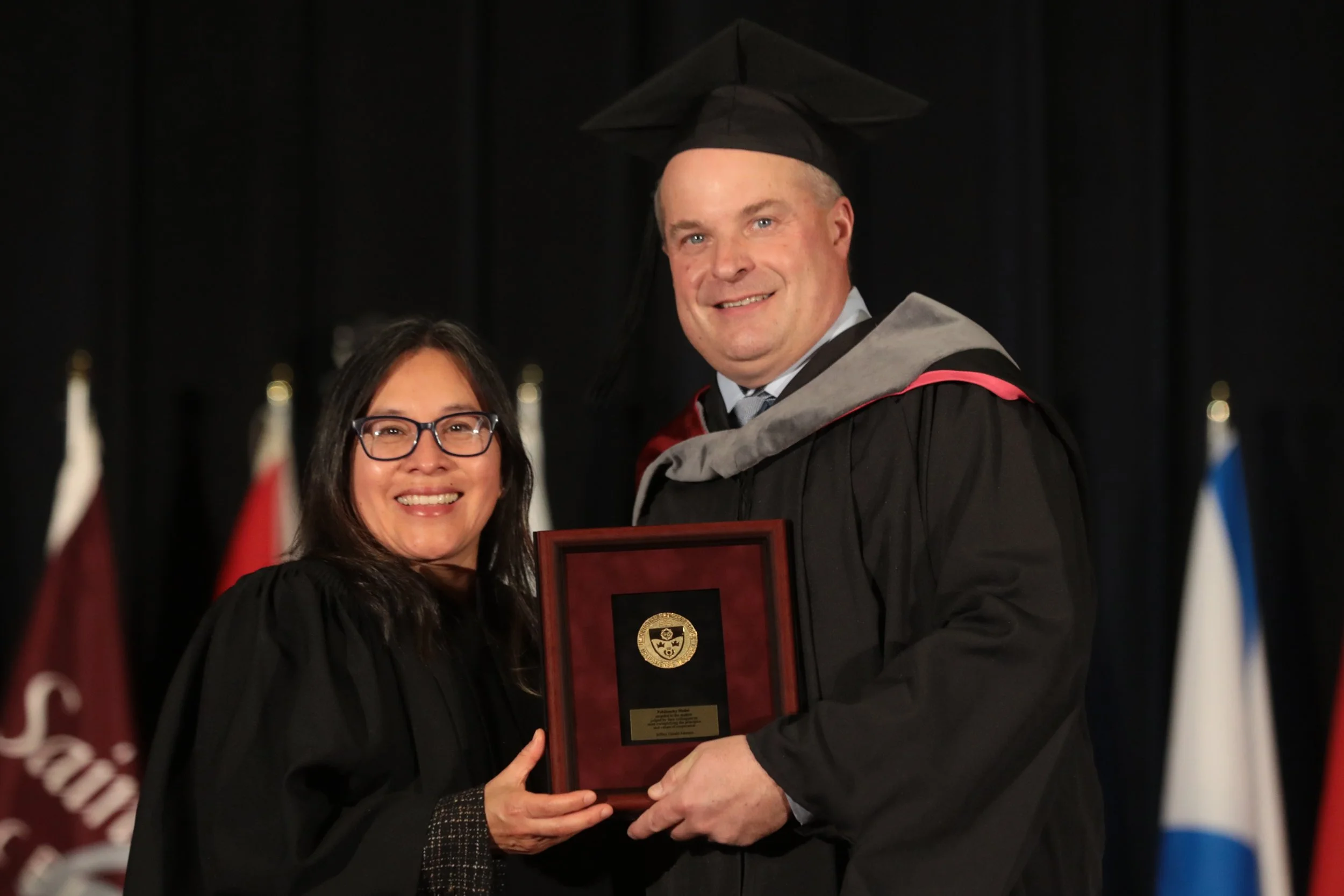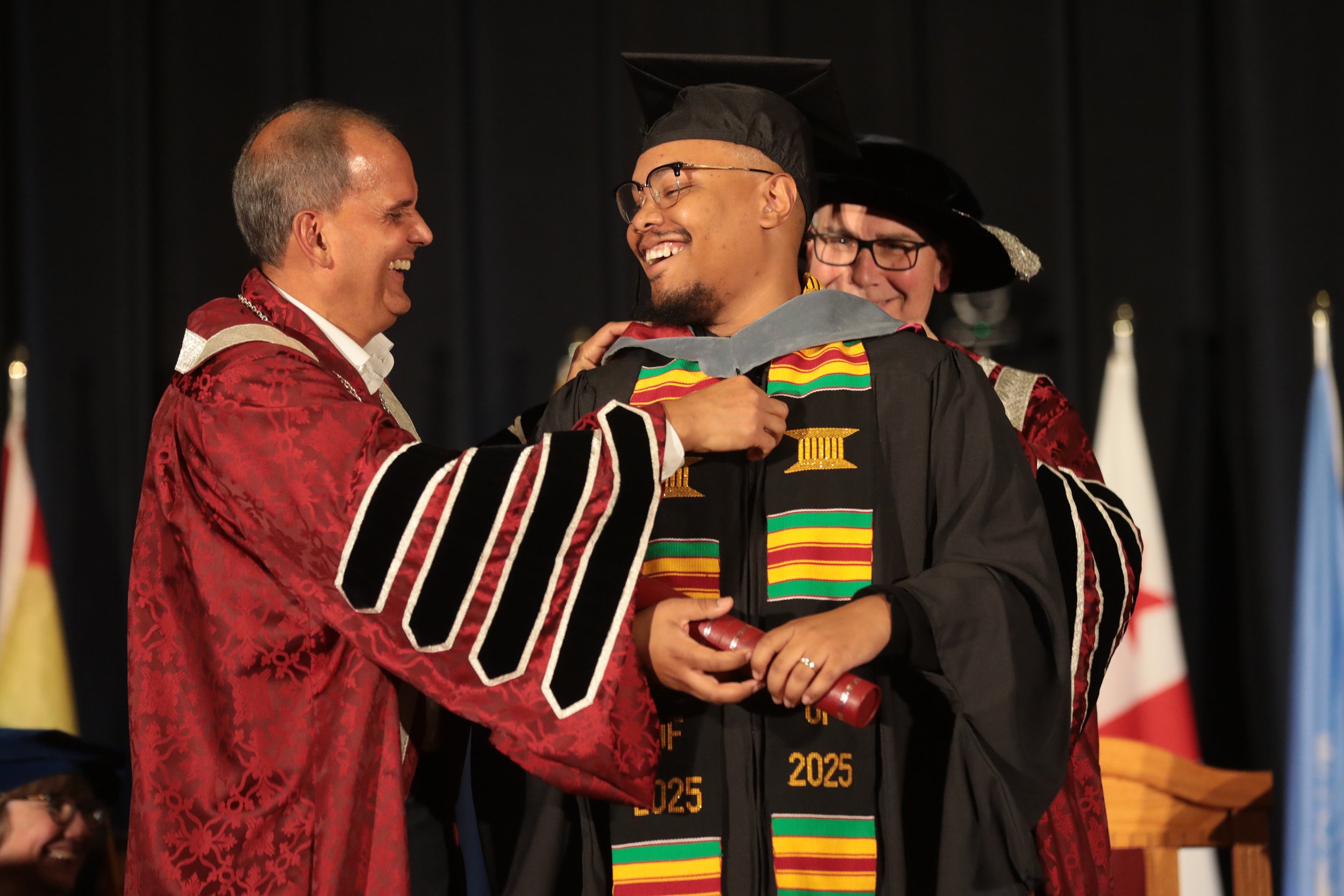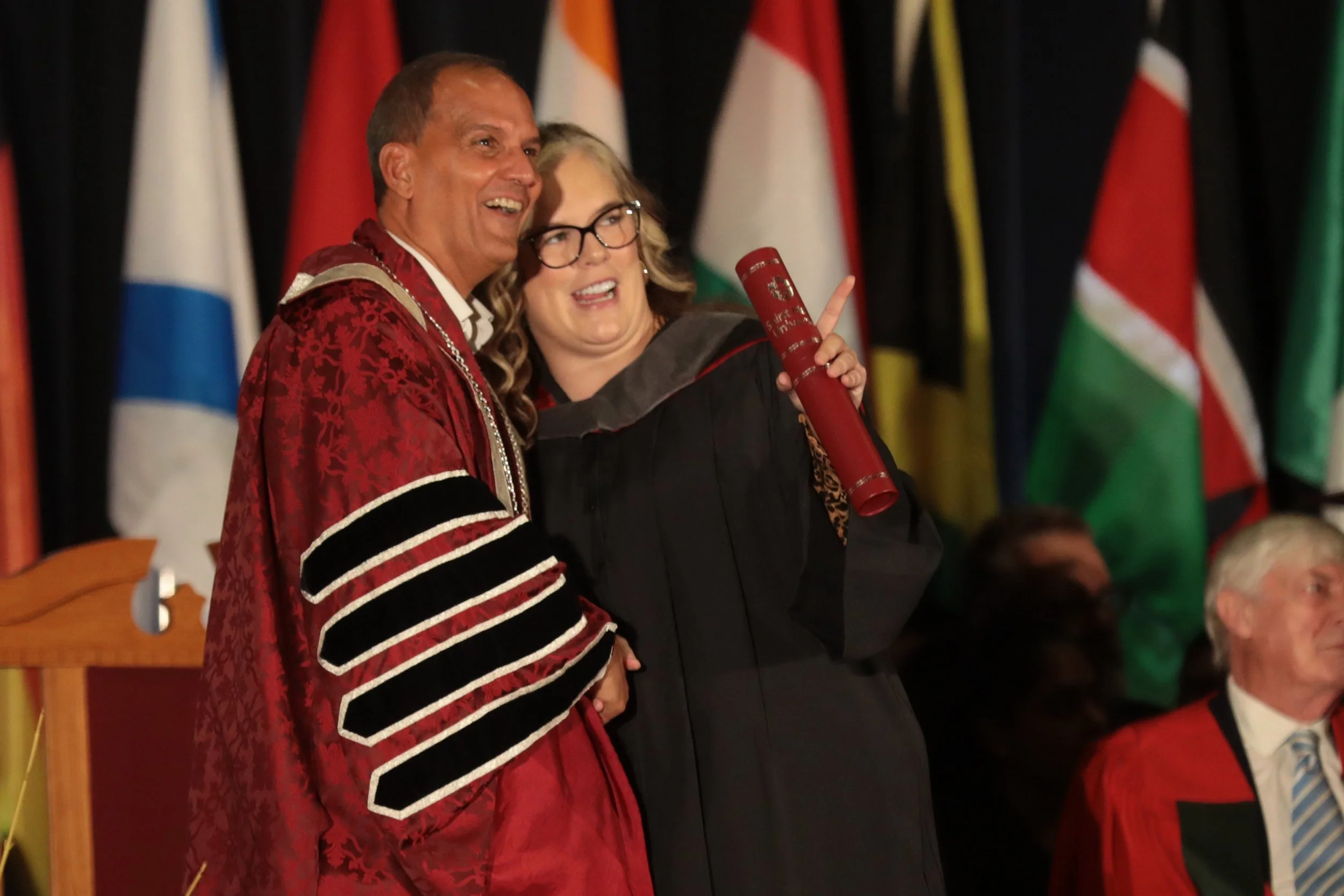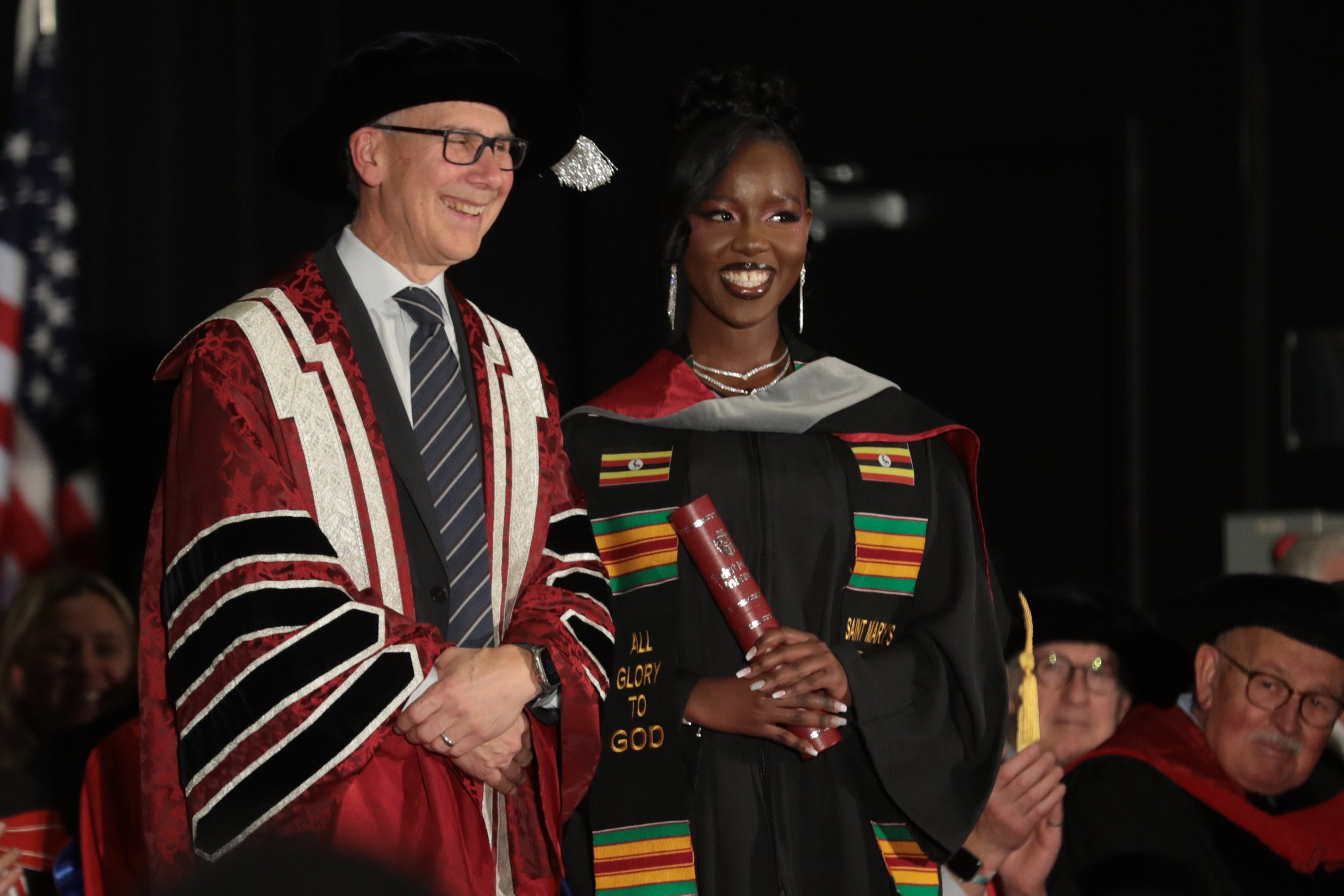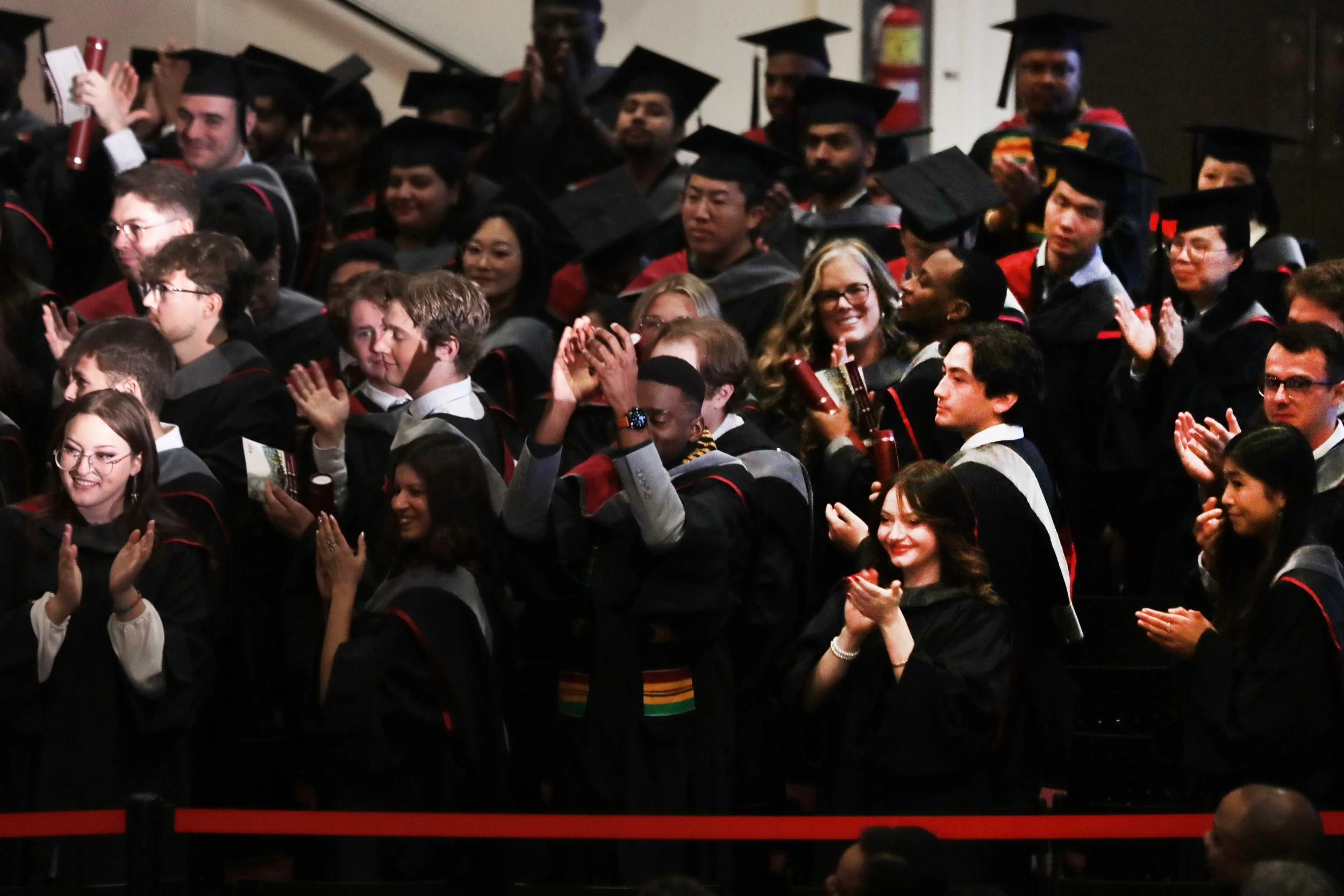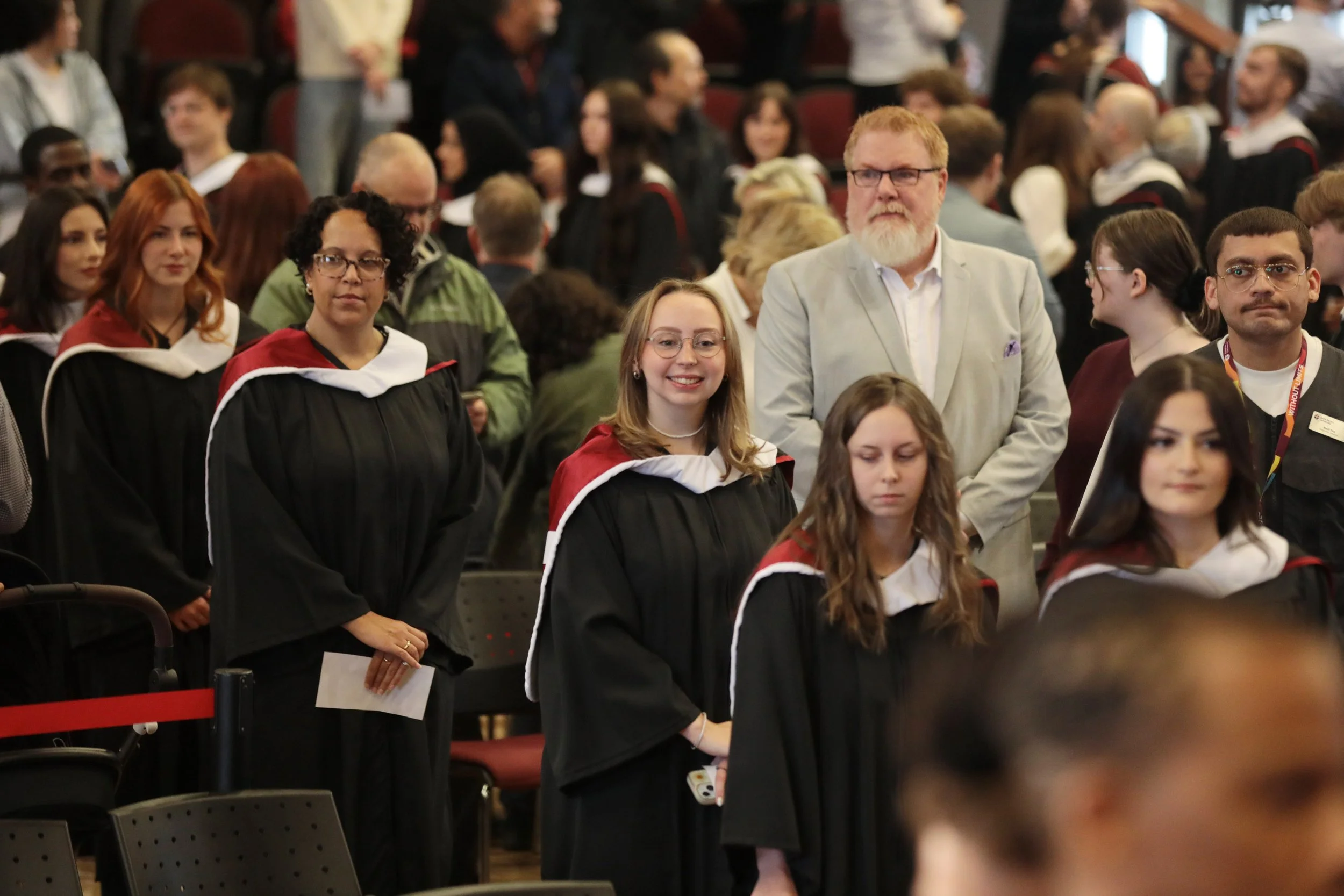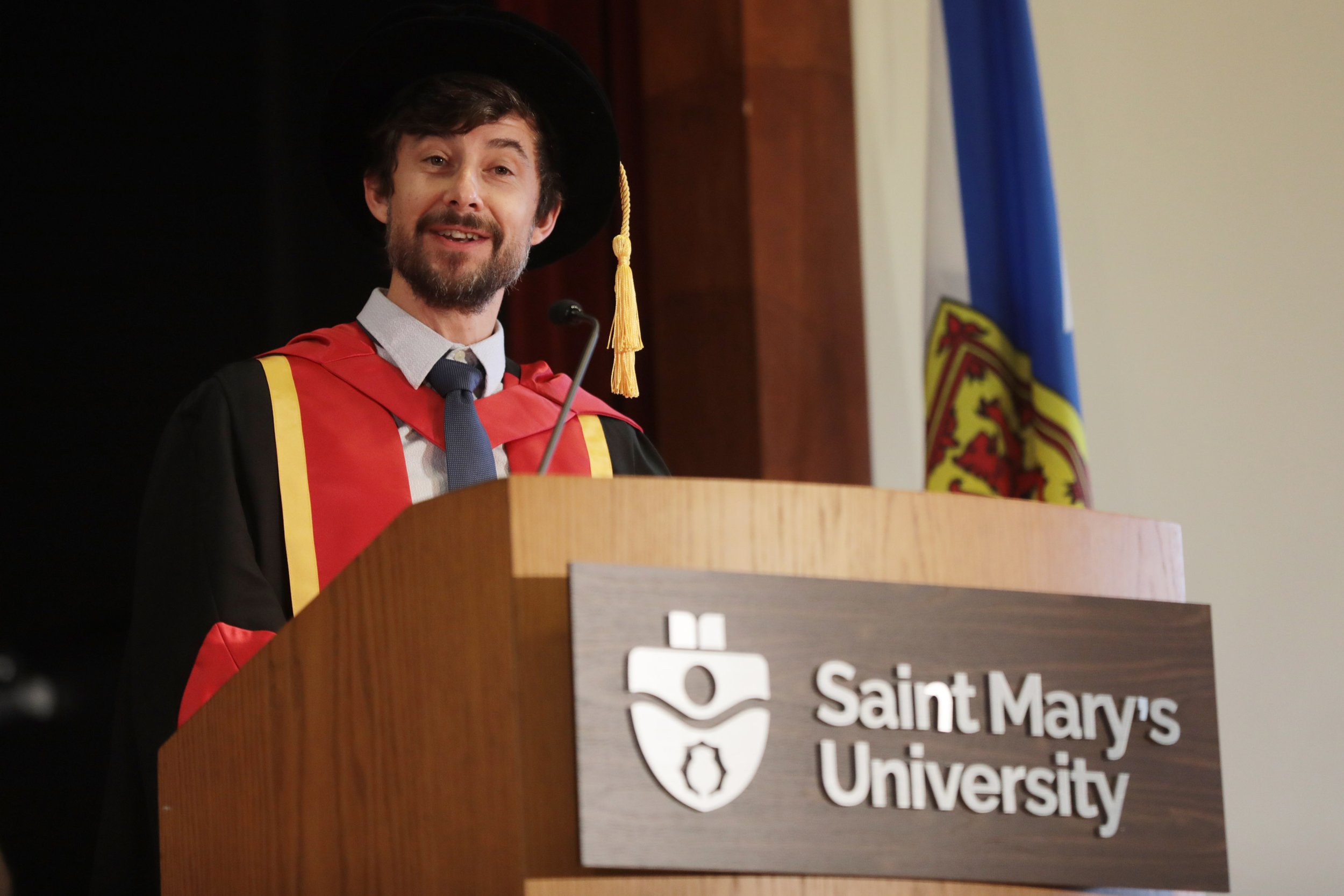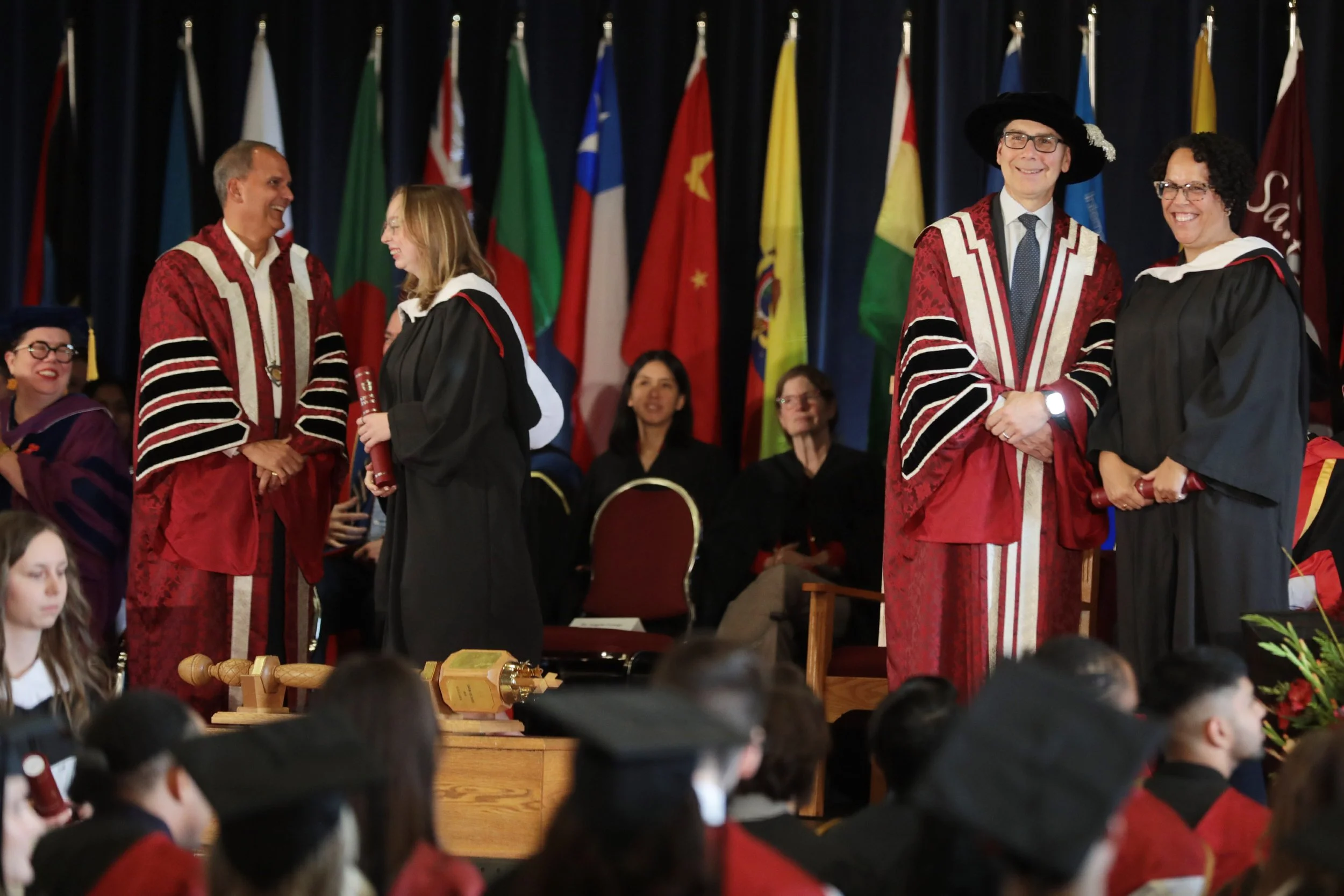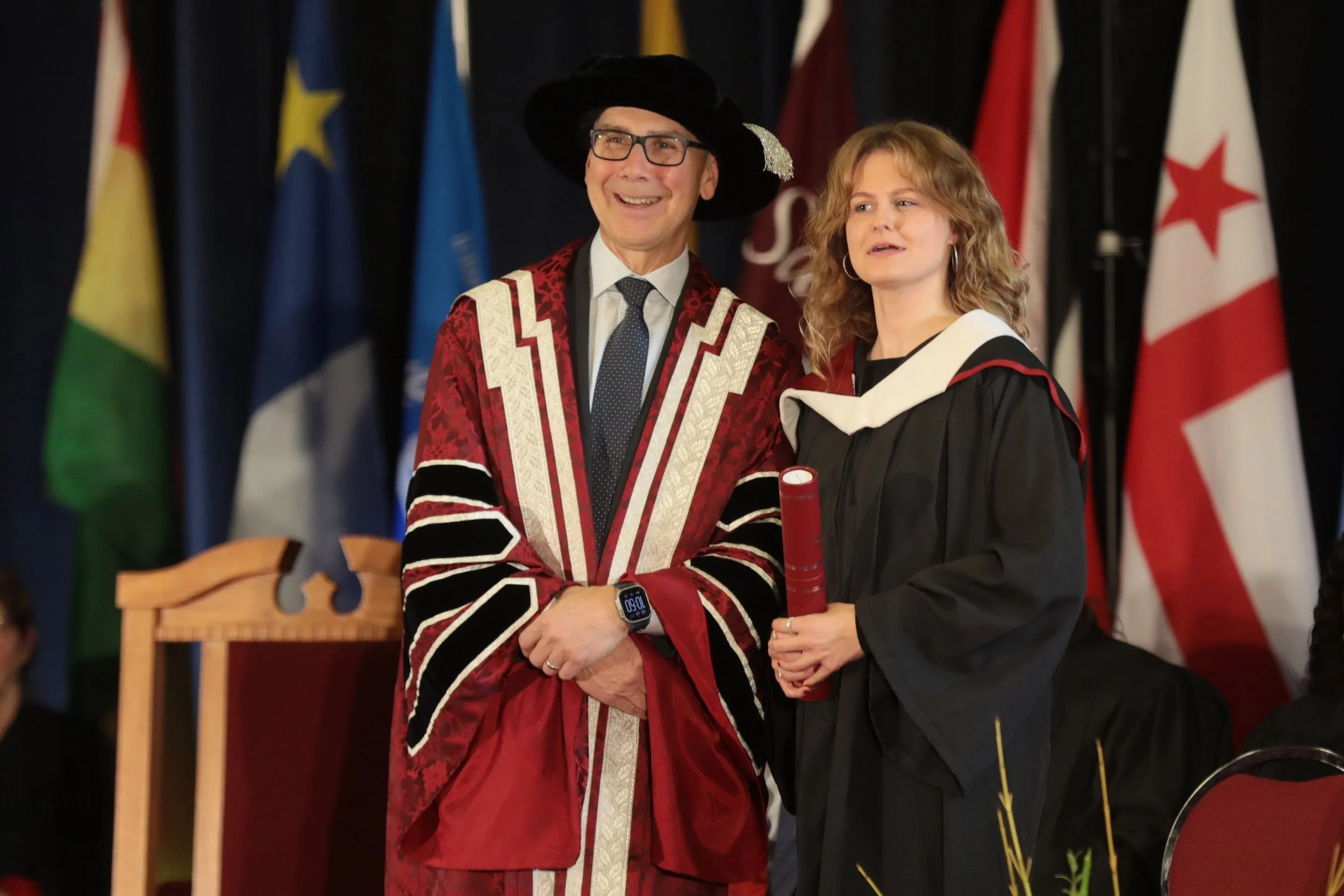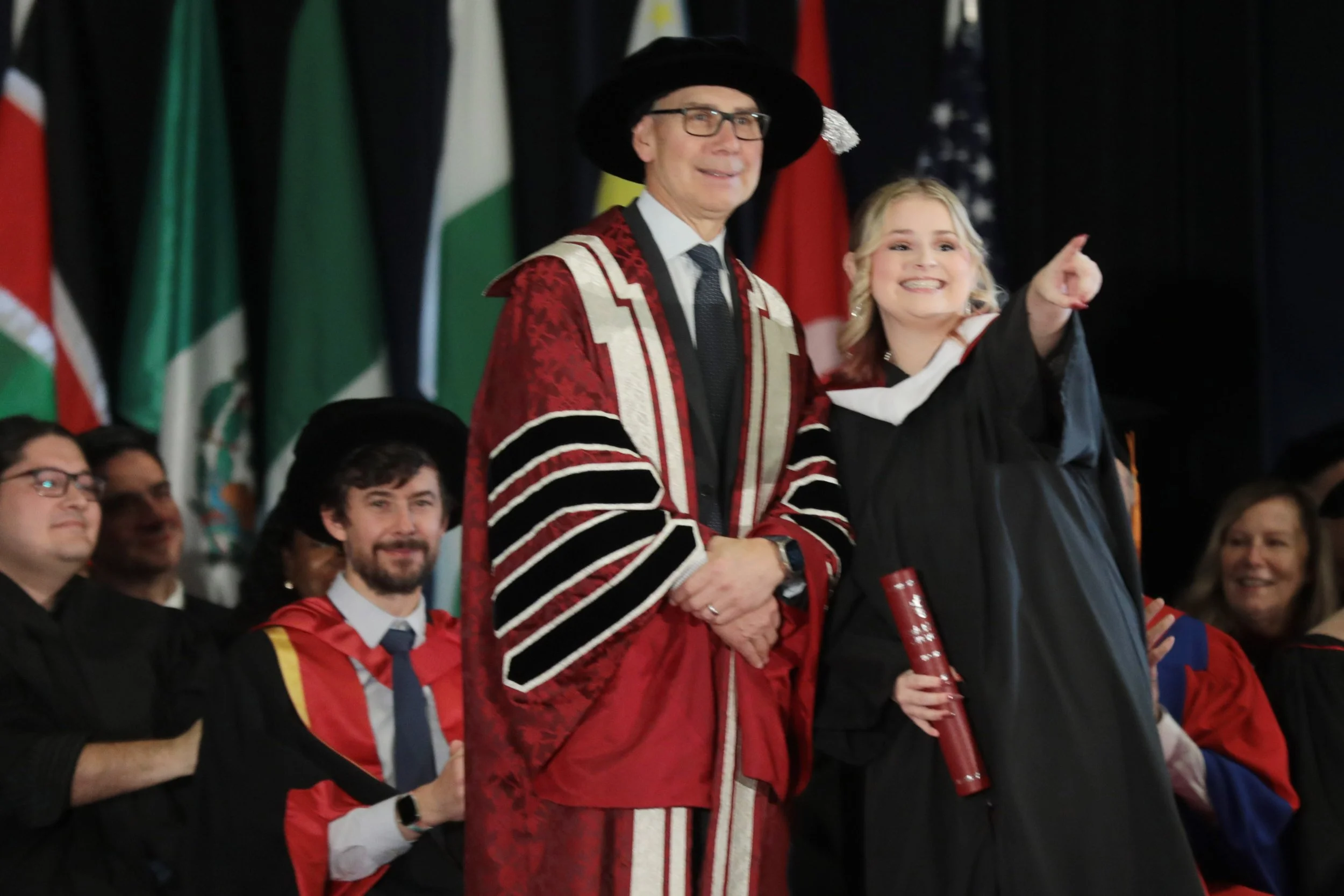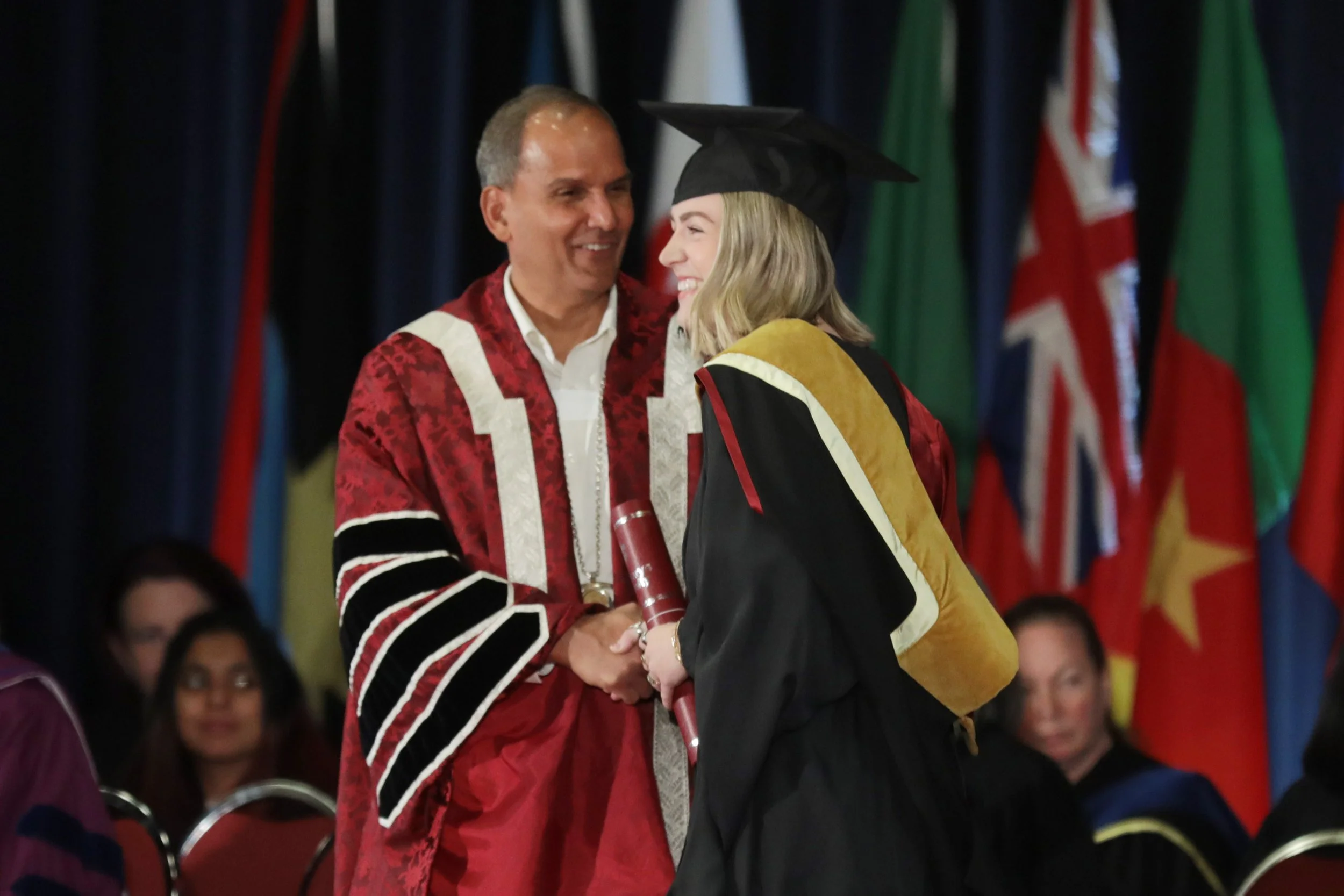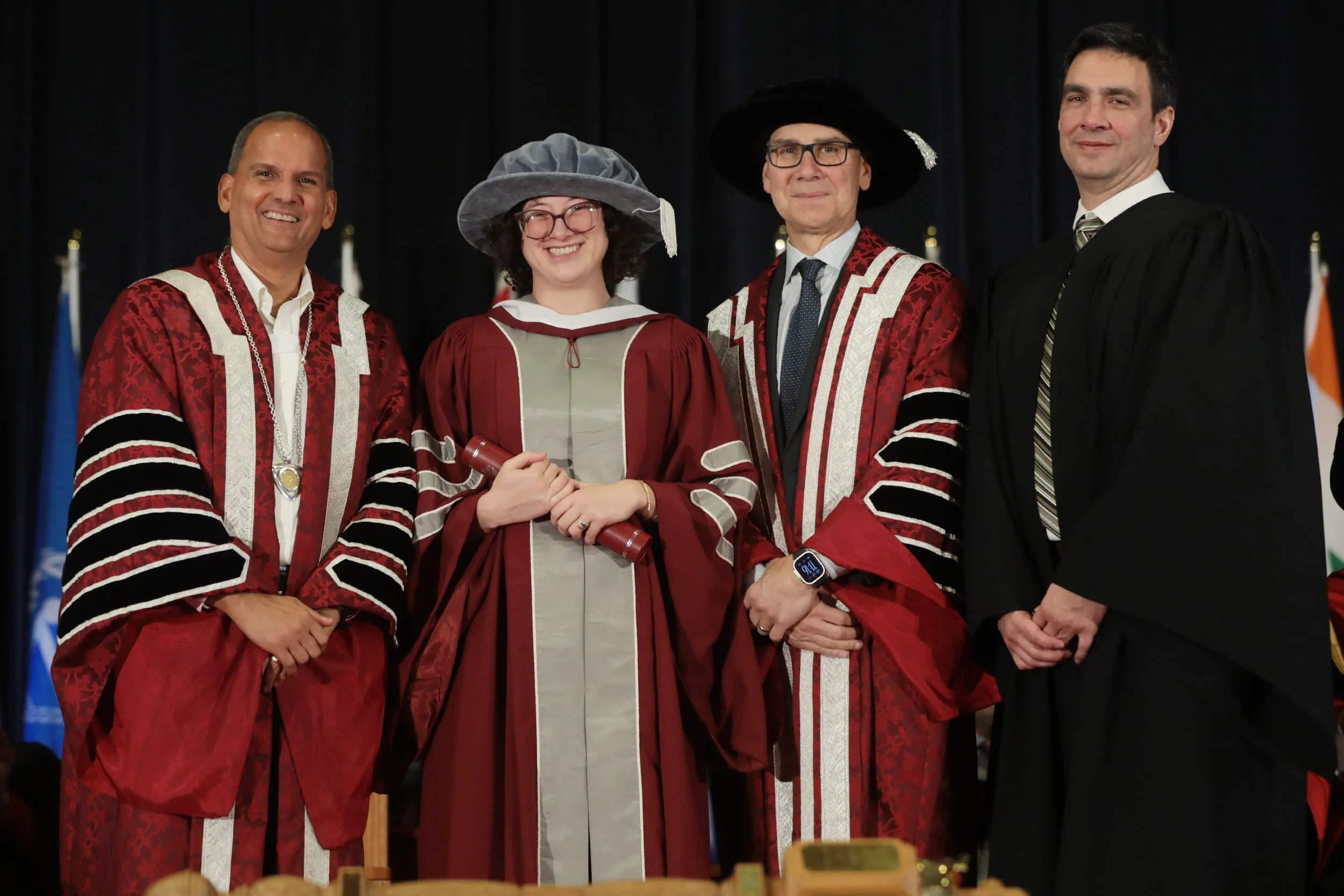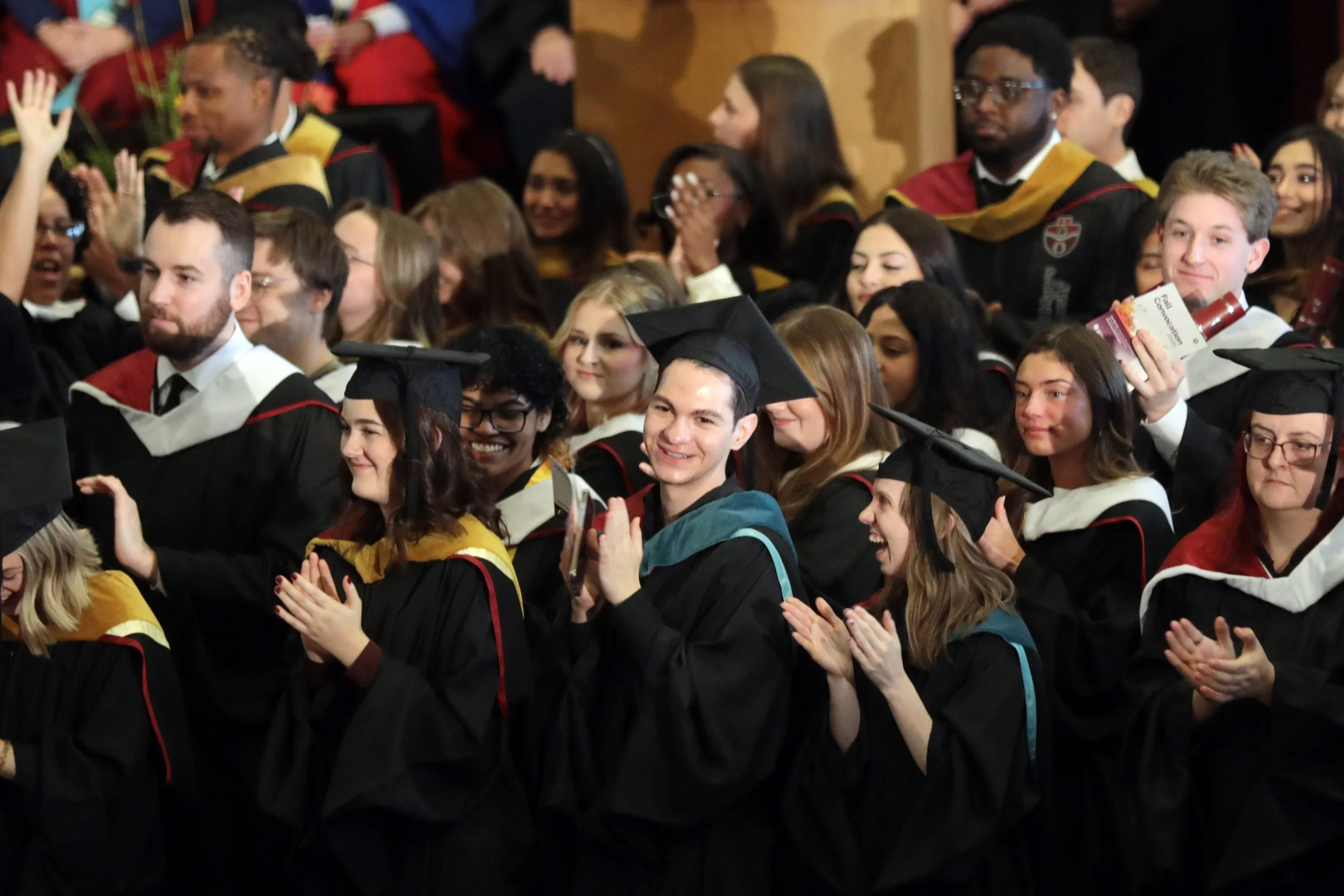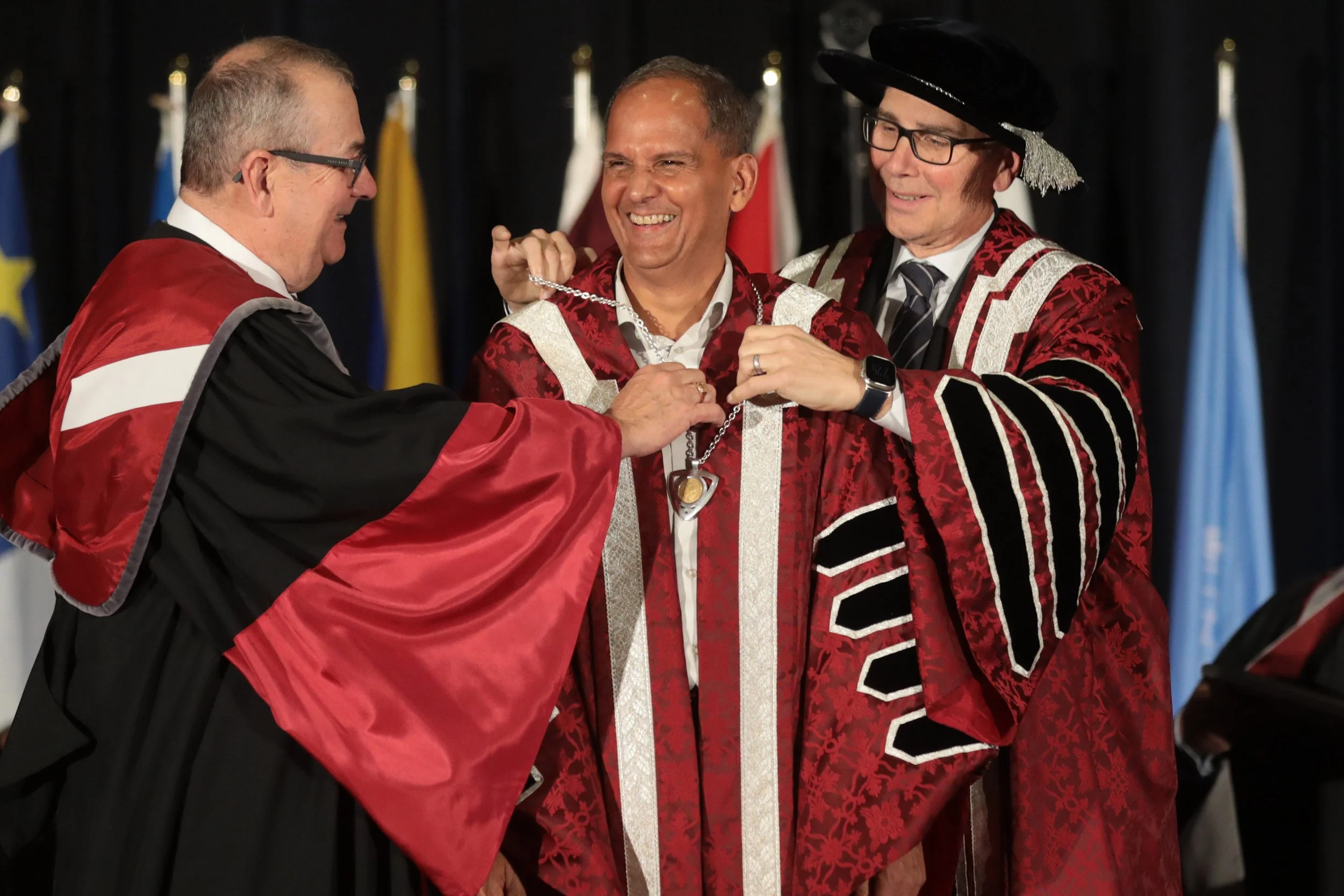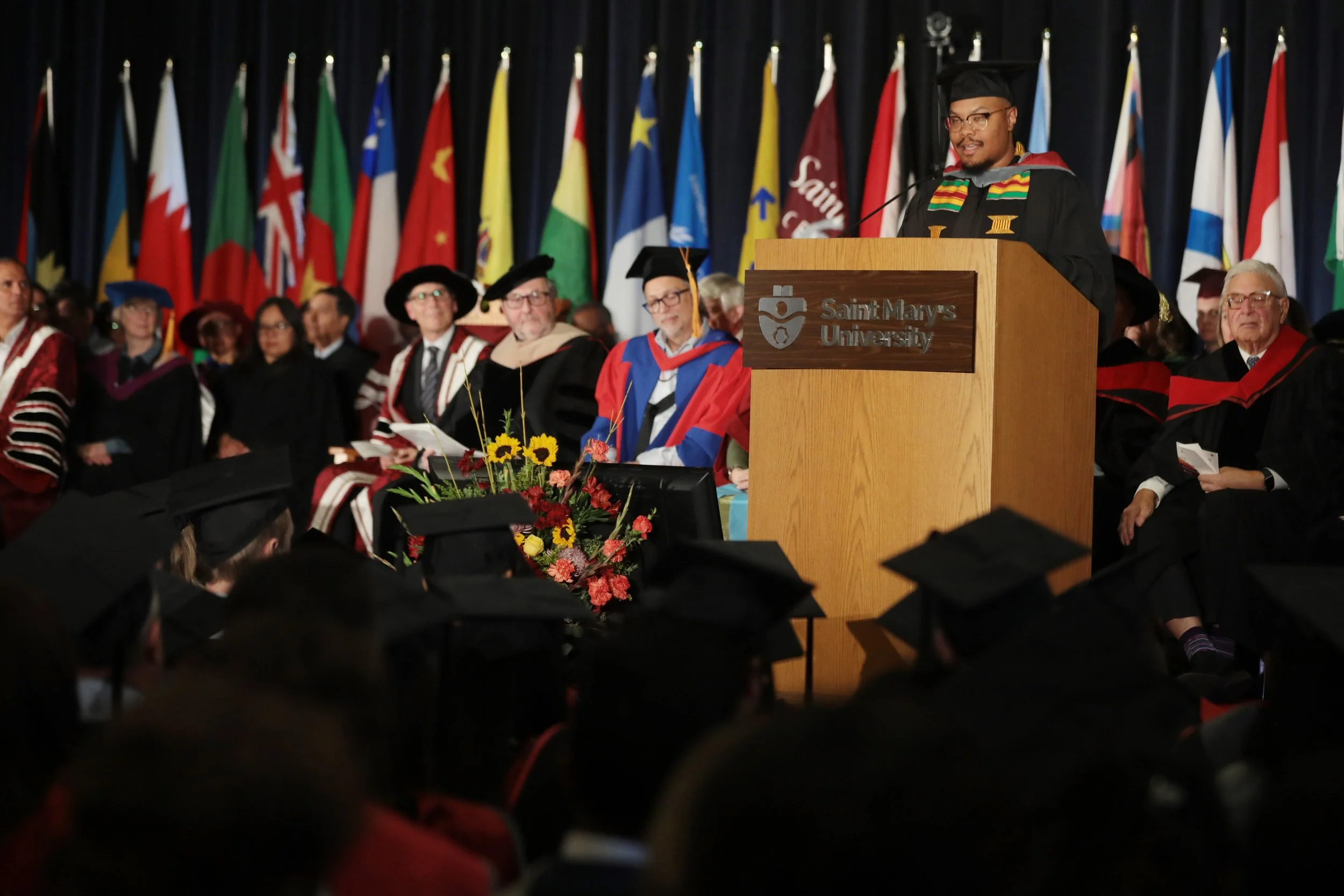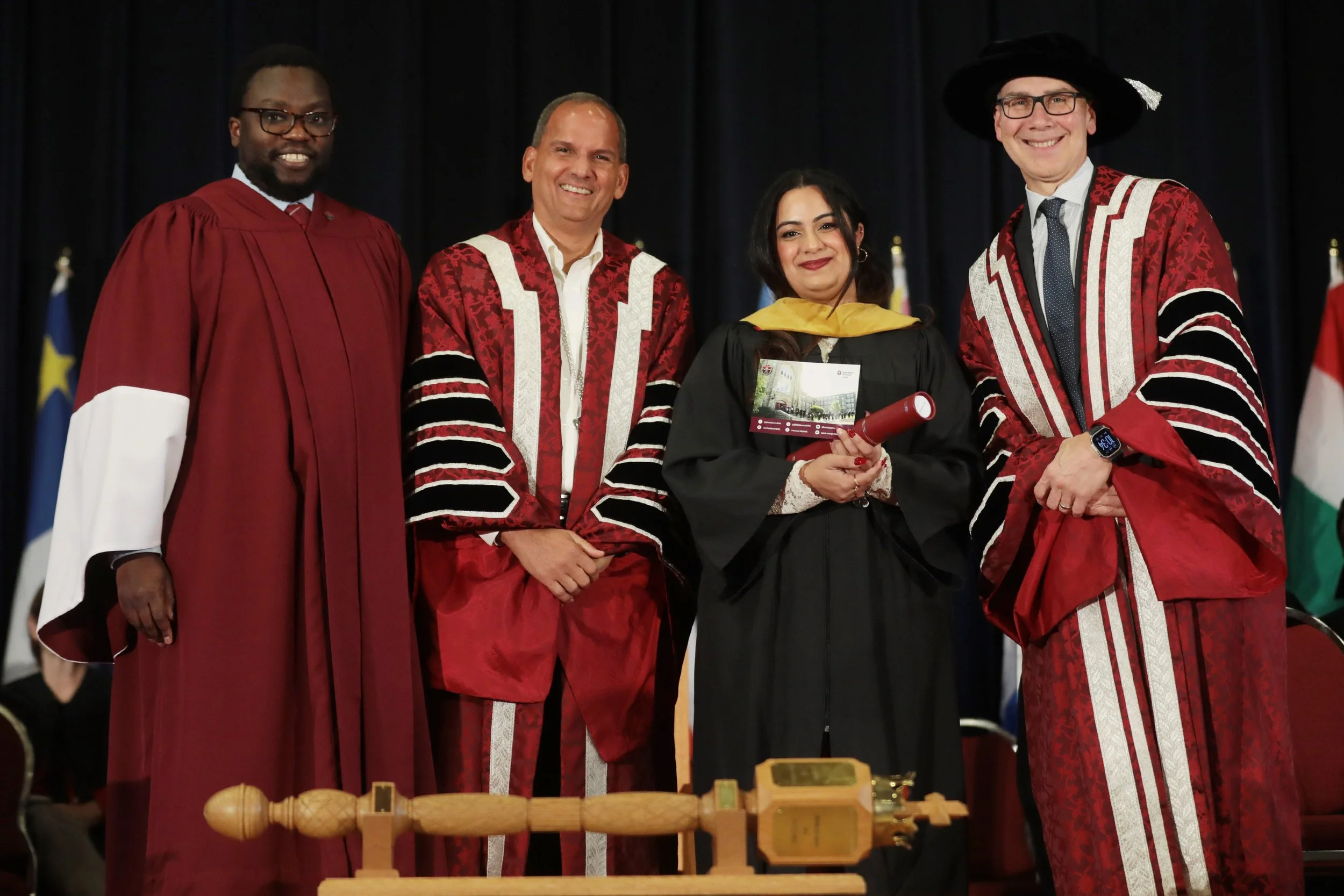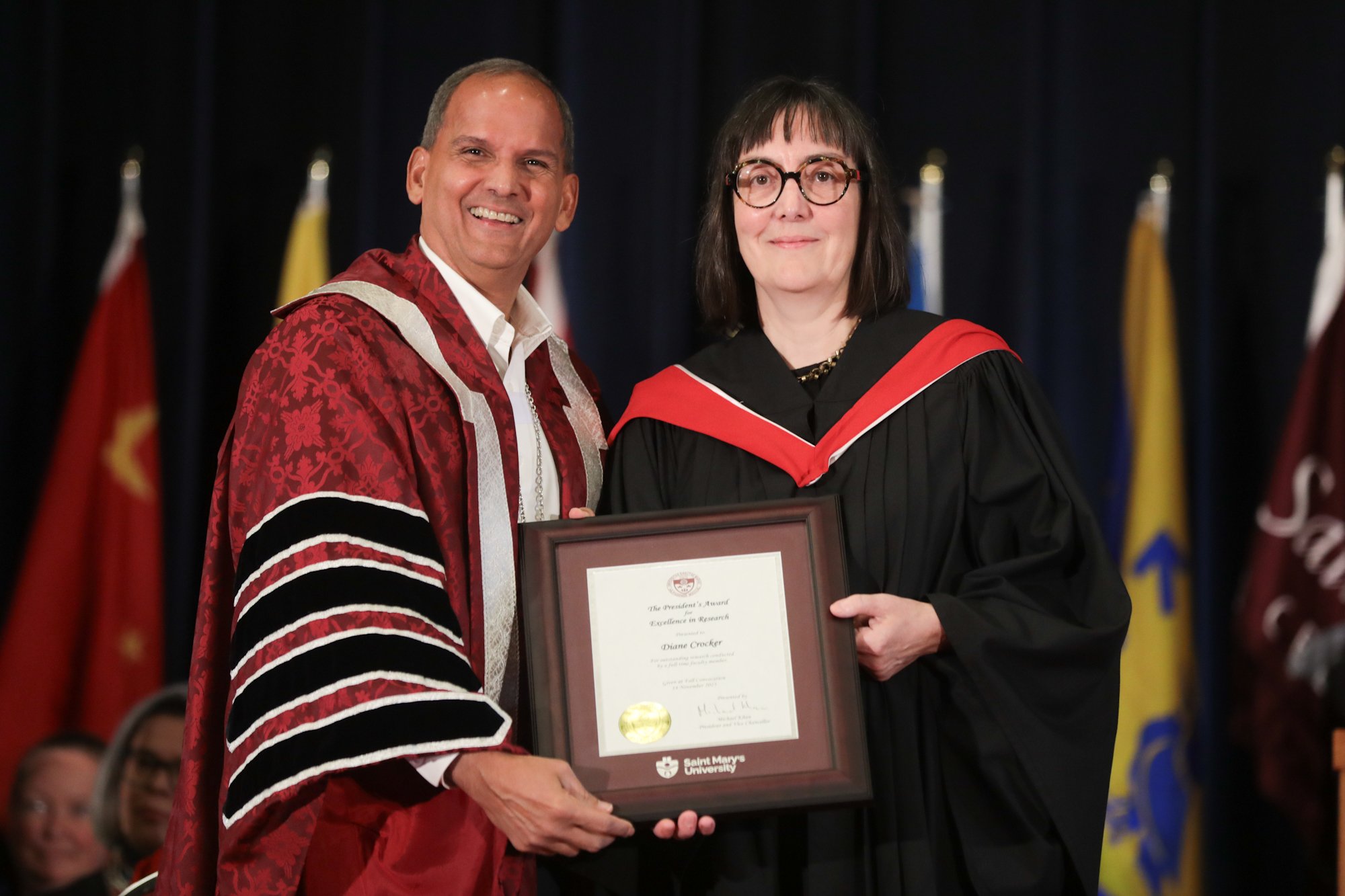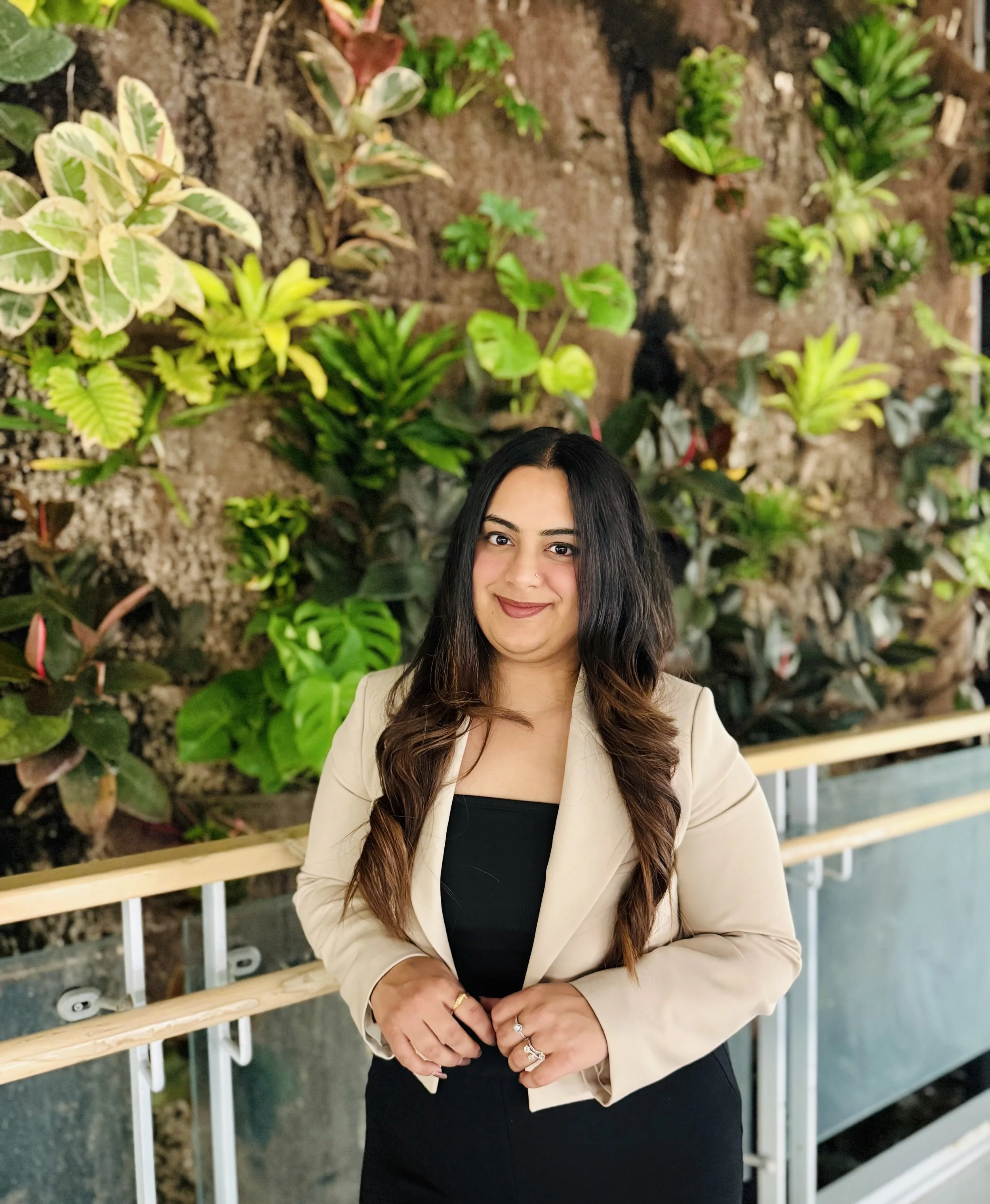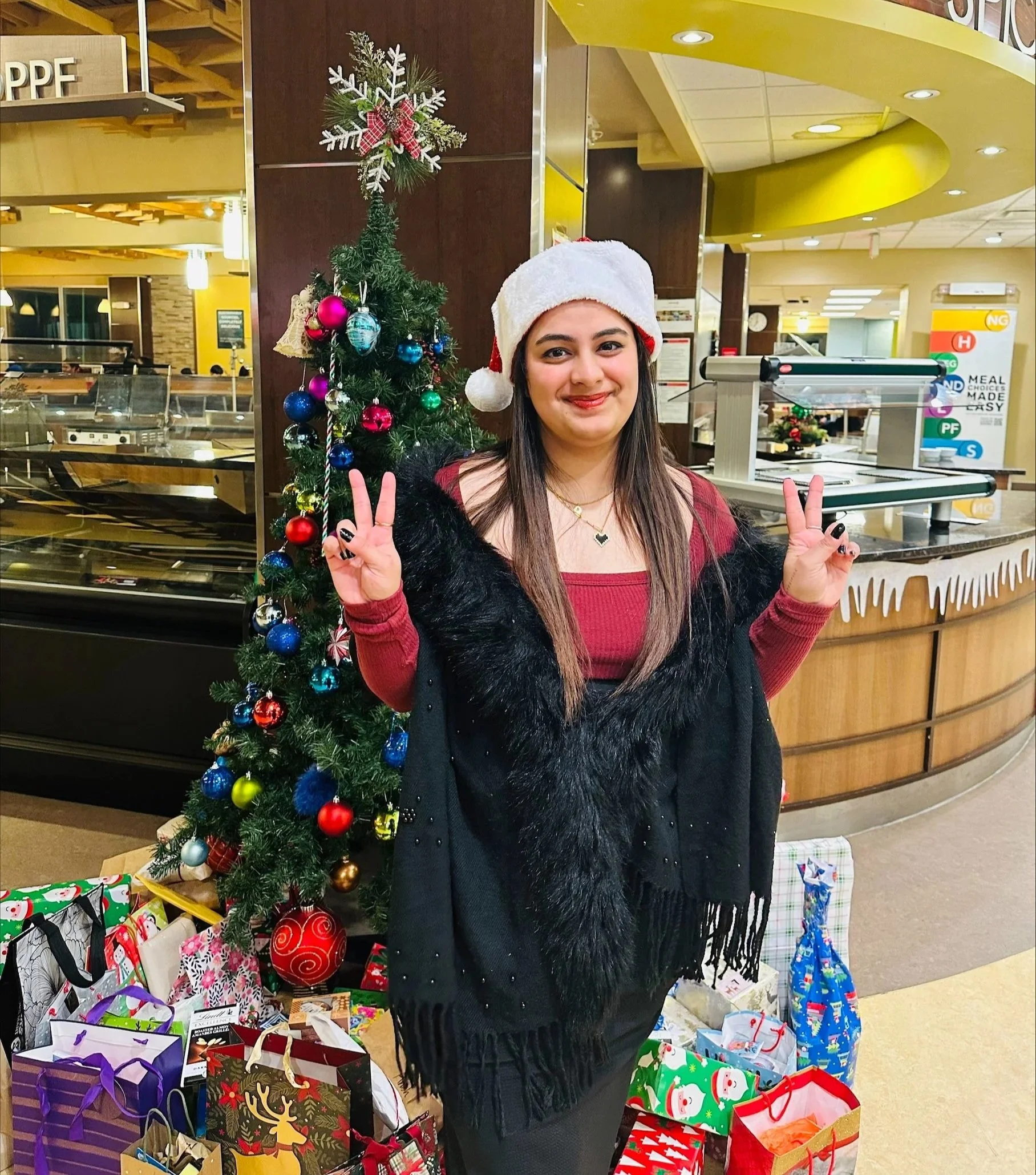






As part of Responsible Leadership Day, the Arthur L. Irving Entrepreneurship Centre partnered with the David Sobey Retailing Centre and the Sobey School of Business to host the final Sustainable Retail Hackathon of the semester. The event brought together students from Saint Mary’s University and Mount Saint Vincent University to tackle a real challenge faced by Hope Blooms, a local social enterprise known for its youth-led urban agriculture, community impact and inspiring history.
What made this hackathon especially meaningful was the story that sits at the heart of Hope Blooms. Many people in Nova Scotian remember the moment in 2013 when six youth from the organization appeared on Dragon’s Den to pitch their dream of building a greenhouse that would allow them to grow produce all year long. They asked for $10,000. They walked away with $40,000 and a deal that kept 100% of the profits in their community. One of those six youth was Kolade Boboye, who returned over a decade later to join the hackathon as a representative and judge.
The hackathon brought together 11 students from marketing, management, entrepreneurship and general business programs. While the event primarily targeted undergraduate business students interested in sustainability and retail innovation, the group brought a mix of perspectives and problem-solving styles that helped fuel collaboration.
After Hope Blooms presented their challenge—finding ways to increase public awareness of the social enterprise side of their organization—students had just three days to research, ideate and build out their recommendations. Teams then gathered to pitch strategies such as impact-based loyalty programs, QR codes that highlight real youth stories and campaigns amplifying youth voices directly. The goal wasn’t to choose a winner but to generate meaningful, actionable ideas that could support the next phase of Hope Blooms’ growth.
“The students’ attention to detail was nice to see and so was their commitment to doing the work,” said Jesse Jollymore, Executive Director at Hope Blooms.
Students shared their own reflections as well, with MSVU student Joshua Foster explaining, “For me, it was more than the money, I was focused on the challenge and wanted to make an impact. This is a good business, and the business is smart to get students involved.” SMU student Jonah Bucci added, “I enjoyed interacting with a real business and its problems, and the short timeframe made it exciting.”
The hackathon was hosted as part of the Experience Ventures program, supported by the Hunter Hub for Entrepreneurial Thinking at the University of Calgary. As the final hackathon of the semester, it offered students a chance to apply entrepreneurial thinking in a hands-on way and support one of Halifax’s most inspiring community organizations in the process.







